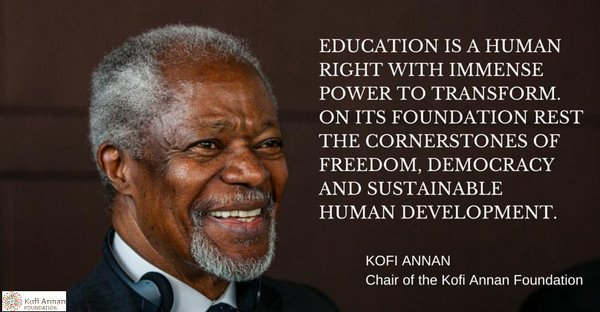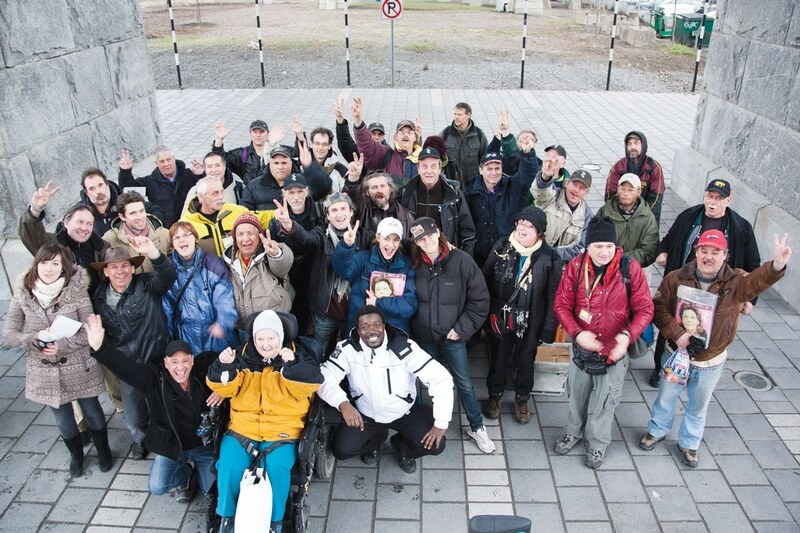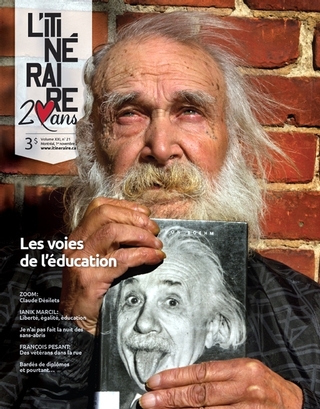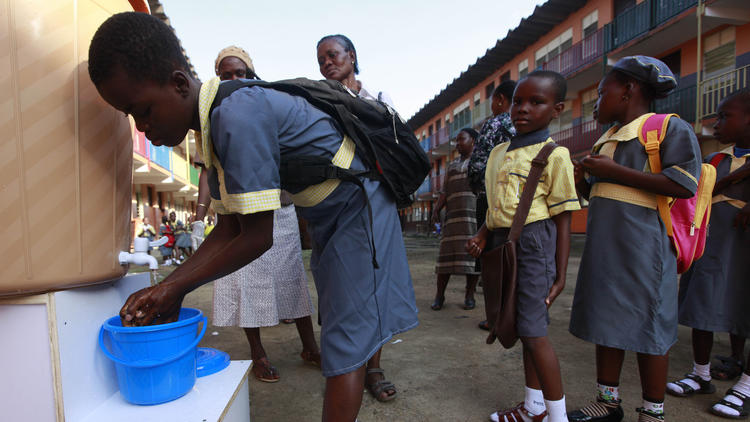By: Spiro Metaxas

The last few years have seen a renewed interest and discussion surrounding the idea of basic income. More than mere talk, many international governments have sought to implement ‘pilot projects’ to study the viability of this renewed policy idea, while other governments have put the question of implementation to its citizens. For example, on June 5th, 2016, the Swiss government held a national referendum on the question of implementing a monthly basic income allowance (approx. 2,500CFH) for its citizens. This was the first referendum of its kind, attesting to basic income’s increased exposure and desirability as a policy option. Although the referendum failed to garner a majority of support, advocates for basic income nonetheless rejoiced. They saw the call for a referendum over this proposal as a victory toward a future free from poverty.
The meaning and value of basic income guarantees
In one simple sense, basic income is an unconditional cash-transfer giving directly to individuals. The unconditional nature of basic income means there are no prerequisite conditions in order to be considered eligible. No work requirement, or test that aims to shows that certain individuals are ‘deserving’ poor. Thus, the fundamental idea behind implementing a basic income guarantee is to entirely eliminate existing government welfare programs that are means-tested. Doing so can subsequently simplify complex bureaucratic assistance programs already in place, easing the inefficiency and prying of bureaucracy for current welfare recipients. There are others, however, that suggest basic income guarantees can be supplemental welfare provision in addition to traditional means-tested welfare programs.
An additional benefit gained from a basic income guarantee is that it is non-stigmatizing. This is significant for the restoration of dignity. Conventional means-tested assistance programs reduce eligibility to questions of desert: does an individual applying for government assistance fit the criteria of ‘deserving’? Such questions can induce a sense of shame, thereby repelling the poverty-stricken from attaining the necessary means for everyday survival.
There is also growing evidence concerning the link between poverty and health issues, particularly mental health issues. Providing a basic income guarantee can (and has) had positive effects on quality of health. Those stuck inside the vicious cycle of poverty often develop increased anxiety and depression, in turn negatively impacting any prospect of escaping the poverty trap. Conversely, pre-existing mental health issues drastically increase the chances of falling into the poverty trap. A basic income guarantee helps mitigate the mental impact of poverty. It does so by providing an economic floor, thereby reducing the anxiety and stress that burdens the poor. In another sense, this economic minimum is liberating; it allows those who are poor or have precarious jobs to reignite their entrepreneurial spirit without the fear of acquiring an income for basic subsistence.
Who are its advocates?
The rise in support for basic income has not merely come from current welfare recipients burdened with the plight of poverty. Support for basic income is touted by politicians, health practitioners, entrepreneurs, academics, and ordinary citizens. The growth of precarious employment, and the introduction of automation in the workplace has much to do with a call for basic income programs. For many of those employed in menial employment, a sense of productive fulfillment may be lacking. A supplemental income provided through BI programs can engender a spirit of financial liberation, in turn allowing those with precarious waged labour to set their sights on other means of self-fulfillment.
In the tech-world, particularly in Silicon Valley, many employers are entertaining the idea of basic income. For those enveloped by the digital world and its work, precarity of employment has risen closely parallel to automation. For some time, robots have been replacing people in administrative, technical, and labour-intensive jobs. While this implies that the work-force should adapt itself to an evolving job market, it also means those currently or recently employed in such jobs need to develop new skills, or acquire further education to remain competitive and employable. Being unable to do so can hasten a painful slide into poverty. With the safety net of a basic income guarantee, this disconcerting reality slowly collapses to reveal something more promising.
Basic income in practice
To date, multiple countries (e.g. Finland, Kenya, Canada) are proceeding to administer pilot projects to test whether a basic income guarantee makes good on its promise of economic liberation, positive productivity, and the restoration of dignity.
A non-profit organization, GiveDirectly, has supported the basic income model through their direct cash-transfers to Kenyan citizens. Their operating model finds Kenyan’s who live in extreme poverty, conducts audits to ensure non-fraudulent transactions, and then directly transfers crowd-sourced funding to those in need. Due to the stratified selection of their funding model, it is not an unconditional grant for all Kenyans. Nevertheless, it targets those in extreme poverty with the purpose of providing basic monetary provisions to enable individual and household development. Their experiment in basic income has been so far successful, with evidence suggesting positive impact on well-being and consumption.
One of the first genuine cases of basic income provisions tookplace in the small Manitoba city of Dauphin between 1974-1979. During the experiment, an annual guaranteed income, called a mincome (minimum income) was granted to adults and teenagers alike. Looking back on the aftermath of Dauphin, Professor Evelyn Forget’s research shows that mincome did not establish a socio-economic utopia, though it positively impacted the health and economic prosperity of many, with minimal negative impact on the labour force and productivity. For those who received the income supplement, hospital visits were reduced. Moreover, those who opted out of the work force were, for the most part, single mothers and teenagers, choosing to stay home to provide care for their families. Forget’s finding reveals that a guaranteed basic income can lift the burden of having to find affordable childcare during working hours. For many, this can also mean finally finding meaning to the words “work-life balance”.
Potential Pilots in Quebec and the RoC
More recently, the Liberal government under Justin Trudeau has prioritized Resolution 100: (Creating a Basic Annual Income to be Designed and Implemented for a Fair Economy). This policy resolution seeks to further research for basic income with the goal of policy implementation. For many Canadians now living at or below the poverty line, this resolution serves as a beacon of hope. As stated, an unconditional basic income guarantee allows people to regain what they lose with conventional means-tested welfare services: their sense of autonomy and dignity. The details regarding cost, implementation, and macro-economic impact are yet to be revealed, calling for extensive research efforts investigating the presumed socio-economic impacts of basic income grants in different provinces.
In early 2016, Quebec Premier Philippe Couillard expressed his government’s intent on researching (and conceivably implementing) a basic income program in Quebec. Implementation can mean the elimination of its many social services into one simplified program, free from bureaucratic burdens and red tape. While this is arguably welcome, it also means that BI advocates will surely encounter resistance from the bureaucratic class. This setback notwithstanding, the BI program does not have to be a complete substitute for existing welfare services. It can actually act as a supplement to present programs. Although it does not eliminate the stigmatization of means-tested programs, it does provide additional relief for low-income earners.
Thus far it is clear that basic income has gained traction on government policy agendas and visibility as an alternative form of distributive justice for the general public. Although the policy impacts of basic income grants are few (but positive nonetheless), its steady introduction into the mainstream can further incite those sympathetic to the idea (and perhaps those who impulsively detract from it) to embrace a promising policy that can combat the advent of poverty and rising inequality.
Further references:
http://www.basicincomecanada.org/
http://www.basicincomepilot.ca/about
http://www.huffingtonpost.ca/2014/12/23/mincome-in-dauphin-manitoba_n_6335682.html
http://www.cirano.qc.ca/pdf/publication/2012s-36.pdf
http://www.princeton.edu/~joha/publications/Haushofer_Shapiro_UCT_2013.pdf






